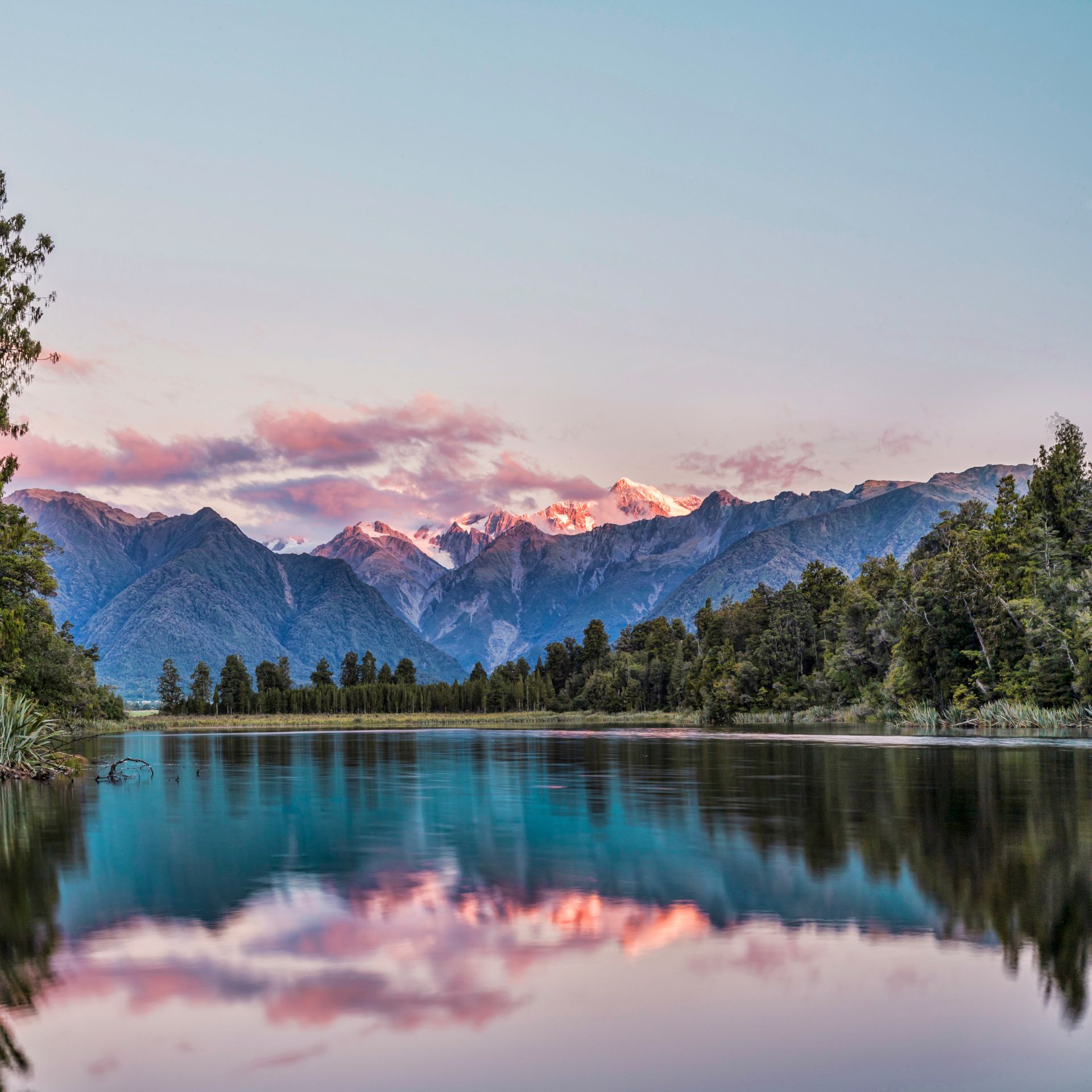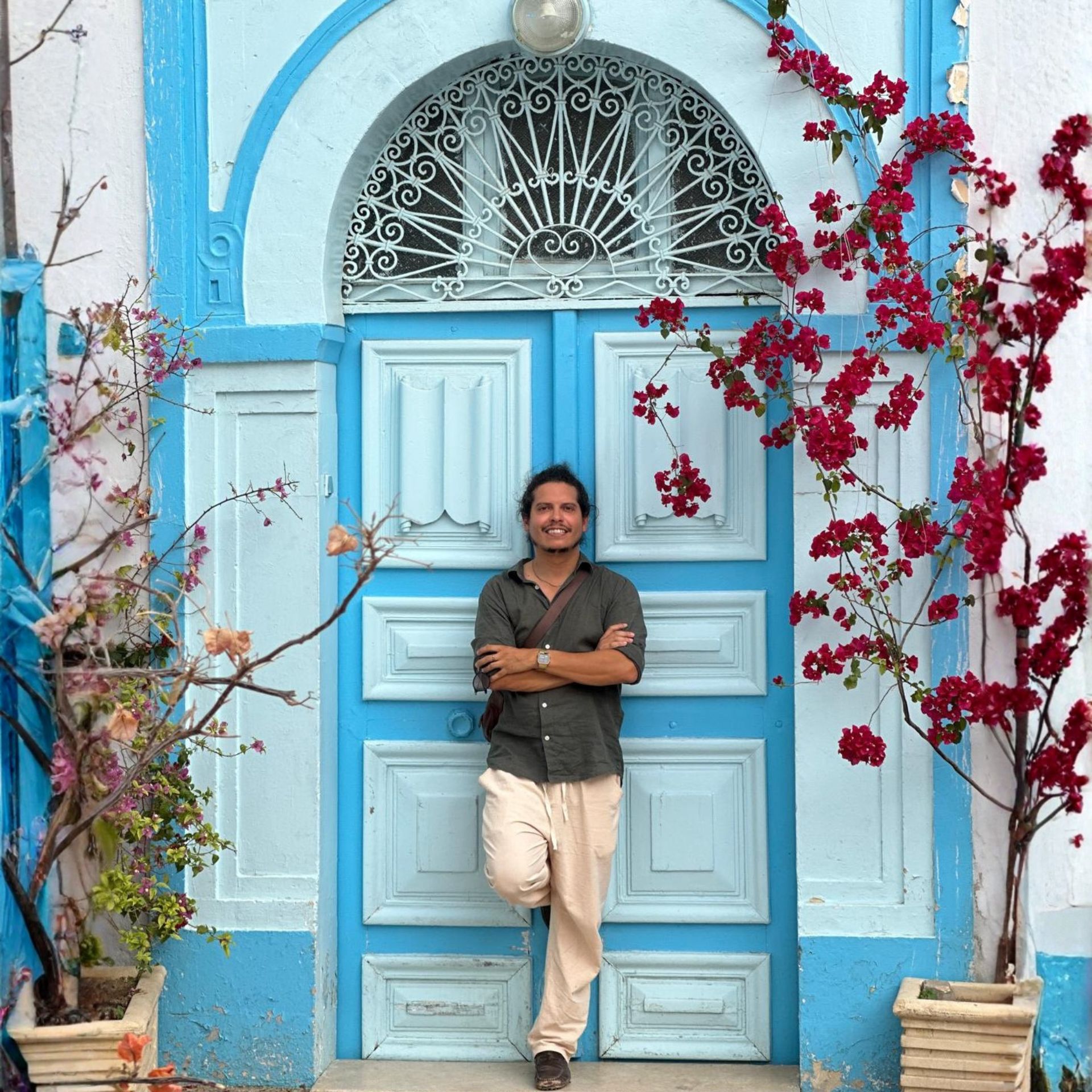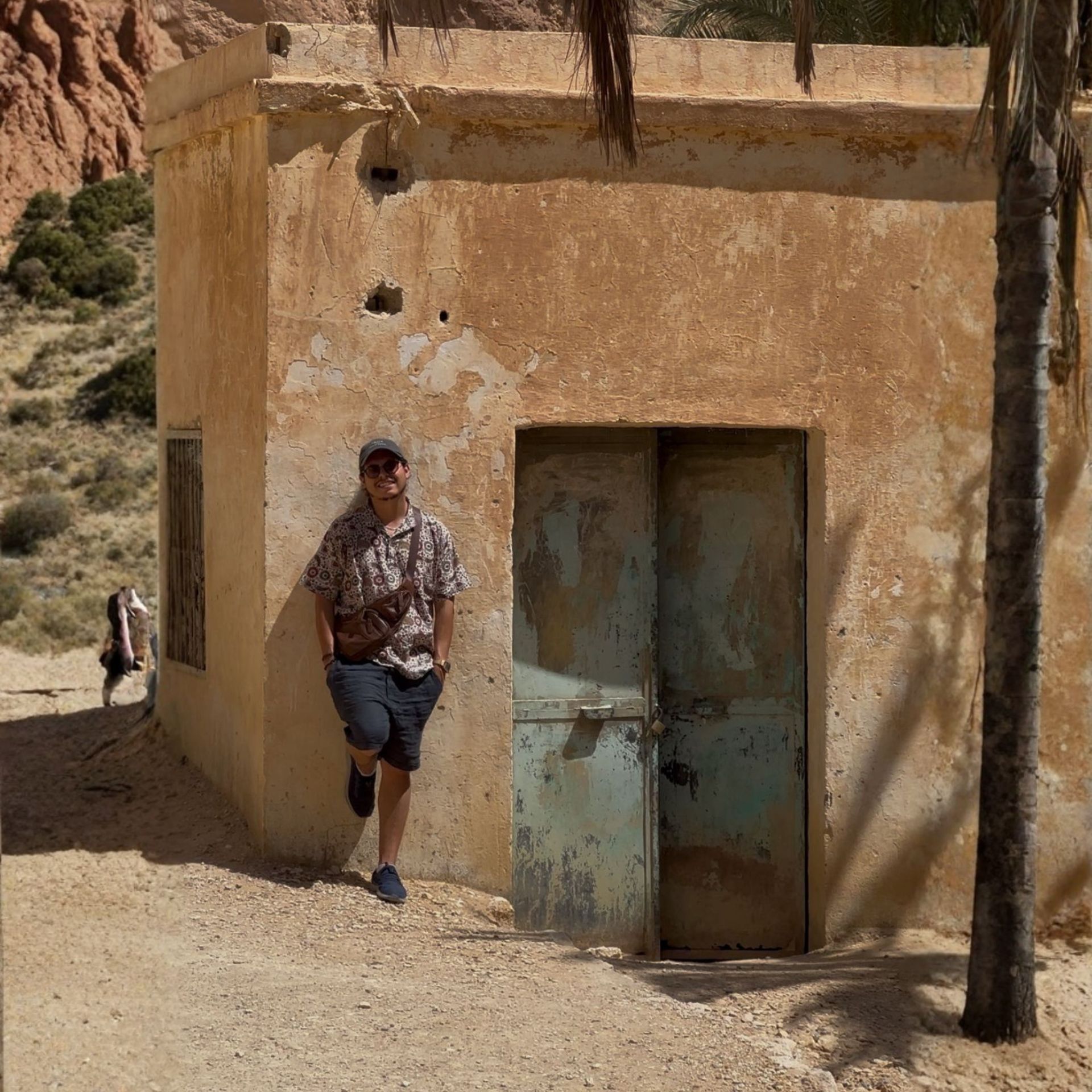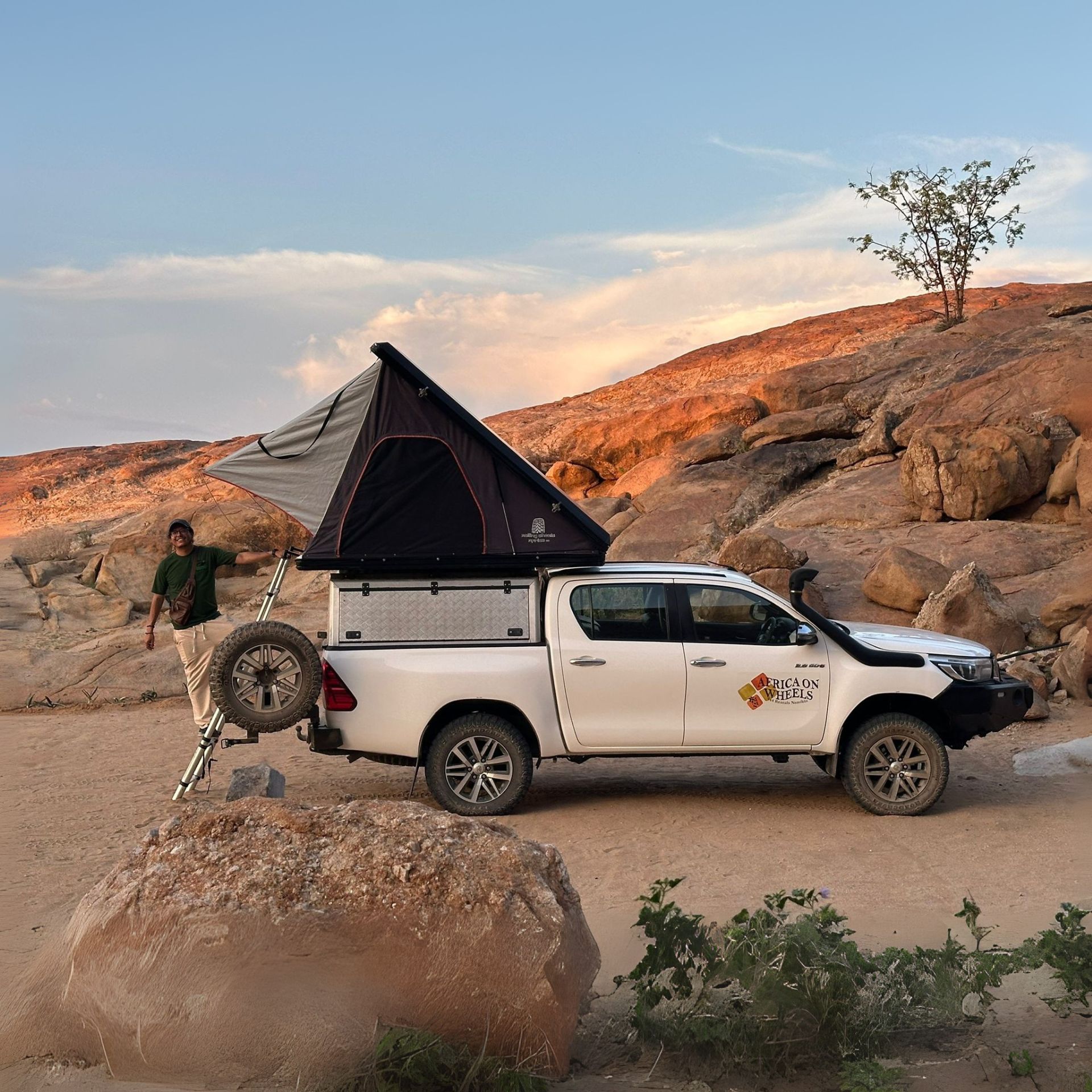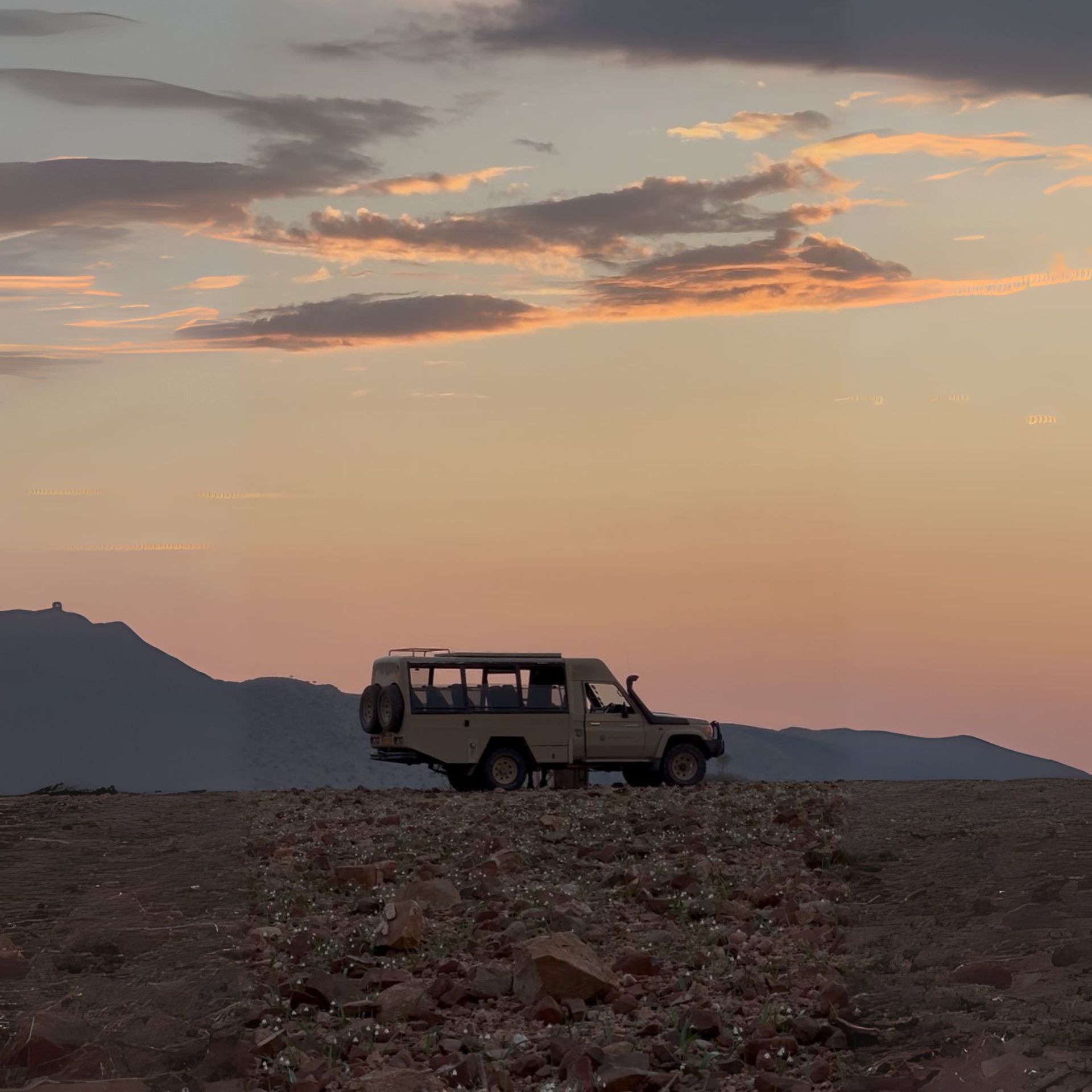Whether you go tracking or for a habituation tour, tracing chimpanzees at the Kibale National Park in Uganda is an adventure to never forget.
As time passed by, each step became harder and harder. We trekked for almost two hours, my hiking boots were completely covered in mud, and I couldn’t stop sweating because of my long rain jacket and the humid and hot climate of Uganda’s dense tropical forests. Taking my jacket off or wearing shorts was never an option. Venomous fire ants, thorny bushes, and poison ivy were common threats at the trek – not counting the constant showers appearing without short notice. “Hopefully, it does not take too much longer,” said one of the park rangers. Meanwhile, I was asking myself, what kind of person on his right mind would get on purpose into the deep jungles of Uganda? – a fair question indeed. However, once we spotted a family of over 40 chimpanzees hiding between the branches of gigantic trees, all the suffering and complaints felt worth it. For a moment, I was like Dr. Jane Goodall, exploring the jungles of East Africa in the 1960s and from a safe distance, observing how our closest animal relatives behave in the wild.
With 1% of the chimpanzee population living in this part of Uganda, tracing chimpanzees at the Kibale National Park in Uganda is an experience like anywhere else in the world. Here, travelers come to reunite with their inner child and get the chance to become explorers, researchers, and adventurers – even if it’s just for the day.

Chimpanzee tracking or chimpanzee habituation?
Kibale has been the epicenter of chimpanzees trekking for a while. Here you can find the largest density of chimpanzees globally, and the routes are considered suitable for travelers in any physical condition. Spotting a family of chimpanzees may take just a few minutes or up to 6 hours of walking. Depending on how many people want to see the chimps on that day, you can even decide how long you want the trek to be.
NOTE: I decided to go for a 4-hour trek – the longest that day. However, visitors can choose how long they want to be in the forest depending on the weather and physical condition.
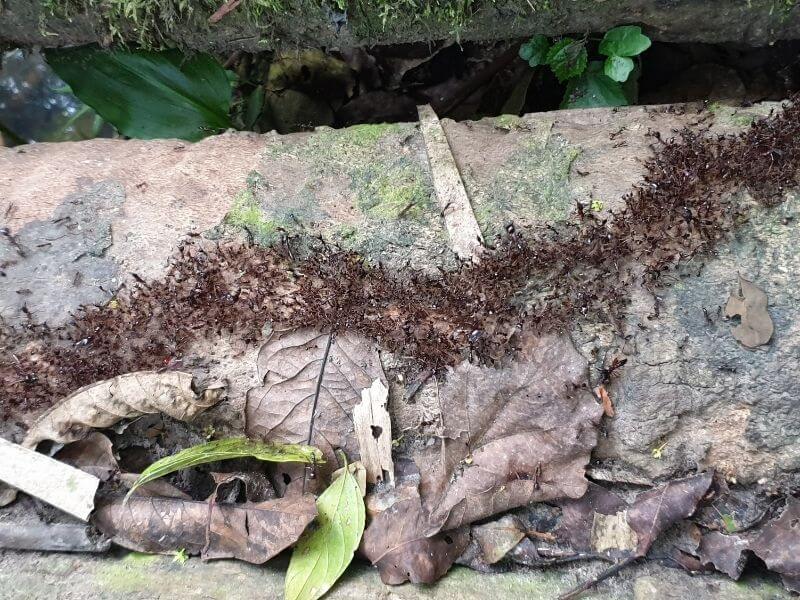
While the trek length is quite unpredictable beforehand, the time spent with the chimpanzees is quite strict and practically un-negotiable. Travelers on a tracking tour spend exactly one hour with the chimpanzees once the ranger finds them. During this time, you can observe the chimpanzees’ behavior, learn about their family compositions and take as many photos as possible. Because most of the chimpanzee families in Kibale National Park are used to human presence (a process called habituation), they will not runoff. Not only that, if they feel comfortable with your company, they might even get closer to you and play around you.
But one hour is not enough to get a complete picture of a chimpanzee’s morning behavior. Chimps are pretty distanced initially, and for the first 15 to 20 minutes, they behave more curious than usual. Fortunately, for those wanting to see more, there are habituation tours. For this experience, visitors spend up to 4 hours with the chimps and get a closer encounter with these animals and observe them in a more personal way.

During a habituation tour, the family of chimpanzees will get used to your presence. They will play, eat, and relax just meters away from you in most cases. You can follow the family as they walk around the forest looking for food and observe how some members of the family fight, play, or swing from tree to tree.
With a big desire to learn more about these fascinating creatures, the habituation tour was the best decision for me. The encounter with the chimps was way more private, and after several hours with them, I could feel how they started to get more comfortable with my presence. It was way more fun than simply observing them for one hour and leaving, and if I had to return to Kibale and spend some time with the chimpanzees again, I would go again for a habituation tour instead of tracking.
Read more: How to plan a gorilla trekking in Uganda

Prices for tracking and habituation tours
According to the Kibale National Park official website, the prices for tracking and habituation chimpanzee tours are diverse from nationality and reason to visit Uganda. These are the current prices for these activities:
- Entrance fee to the Kibale National Park – 40 USD
- Permit for chimpanzee tracking (1 hour) – 200 USD includes entrance fee to KNP
- Permit for chimpanzee habituation experience (4 hours) – 250 USD includes entrance fee to KNP
Additionally, expect to tip 15-20 USD to the guides, trackers, and security rangers joining you in any activity inside the park.
Read more: Which are the best national parks in Uganda

What else can I see at Kibale National Park?
With 12 different primate species inside the park, Kibale is best explored by foot. Travelers exploring Kibale National Park with a ranger get the chance to see, most of the time, black and white colobus monkeys and baboons. Tracing is not only for chimpanzees, as travelers can also spend time with the golden monkeys, a species of primates that you can only see in this part of the world, and other unique primates such as the blue or the Ugandan red colobus monkey.
There are some forest elephants and buffalos around the forest when it comes to big mammals. However, rangers will try to avoid them at all costs (these are very dangerous animals to encounter). Rangers also mention that lions and leopards are still living inside the Kibale National Park – although the chances of spotting one of these species are basically zero.
INSIDE INFO:
Travelers can visit Kibale National Park entirely independently. Permits can get pre-arranged at the official website of Kibale National Park, and road conditions are pretty good for independent drivers. Still, most travelers like to combine Kibale National Park with the national parks Queen Elizabeth, Murchison Falls, and Lake Mburo. Here, a proper safari vehicle is necessary, and using a tour operator is simply more comfortable and convenient.
Read more: How to plan a trip to Queen Elizabeth National Park in Uganda

Tracking gorillas or chimpanzees
Tracking gorillas is an experience of a lifetime. However, if you have to decide between tracking chimpanzees or gorillas, there are still several factors. Permits to see gorillas for 1 hour at Bwindi Impenetrable Forest are the most expensive (700 USD) while tracking or even a habituation experience costs just a fraction of that.
Additionally, gorillas are more quiet species. Once you spot a family of them, there is not much happening in the community. Hierarchy is quite established in gorilla families, and you will rarely see quick reactions or disagreements between the group.
Besides this, chimpanzee and gorilla tracking are quite popular in Uganda. Groups of travelers have a maximum of 8 people, and depending on the season, finding a spot for both activities can be done on short notice or simply months in advance.
Read more: Why are wildlife sanctuaries so important in Africa

My recommendation for someone visiting Uganda is to do both activities. They are both completely different, and in some way, they both complement each other. I did my tours in Uganda using the local tour operator Rafiki Safaris Uganda. They not only took care of finding the correct itinerary for me but also helped me better understand the significant differences between the different activities and helped me choose the best ones for me.
INSIDER TIP:
From June until September, half of December is considered high season in Uganda. Weather might be perfect for tracking, but tours get a bit more expensive, permits need to be booked beforehand, and most importantly, times might be overcrowded. I visited Kibale National Park in March (low season) and did a habituation tour with only two more people.
Read more: What are the best safari experiences in Africa
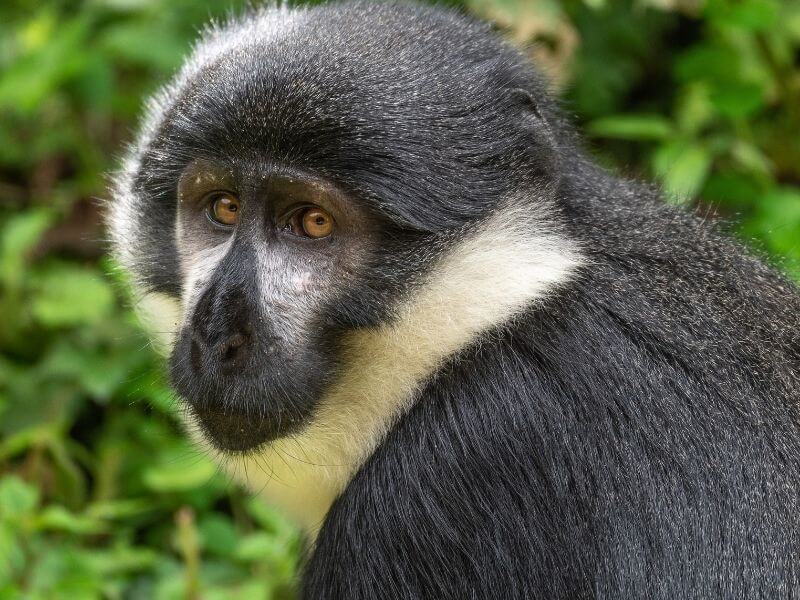
Read more: The Batwa People Of Uganda – A Tribe On The Edge Of Disappearing
Planning a trip to Uganda independently is fun. However, if you want to arrange everything with tour operators beforehand from the comfort of your home. SafariBookings is the best platform for it.
They have the largest database of tour operators in Africa and you can simply send a request and negotiate a tour and a price directly with the operator. You don’t have to pay any additional fees.
These are some of the most popular tours in Kibale National Park at SafariBookings
Read more: What to bring and wear for gorilla trekking

